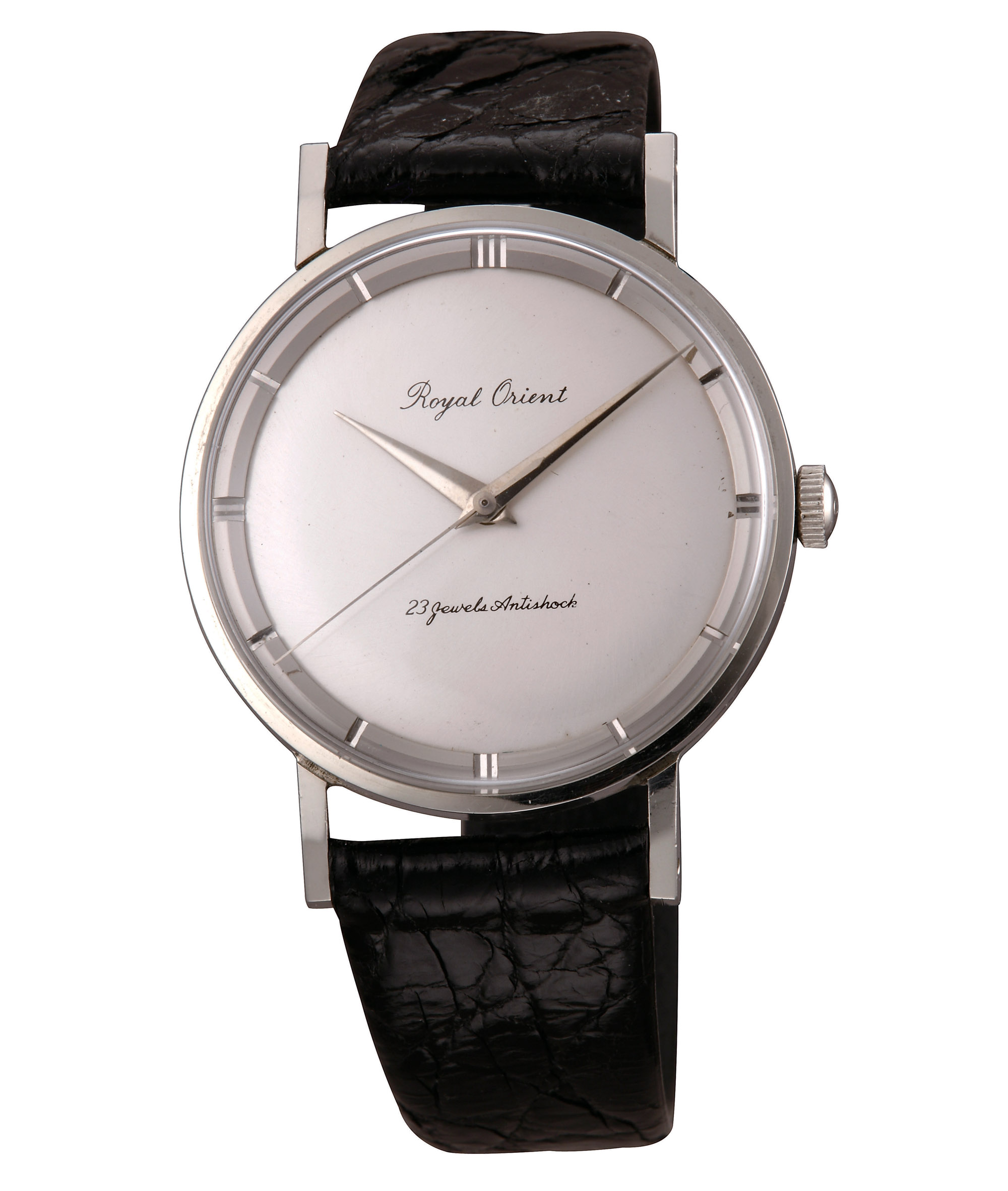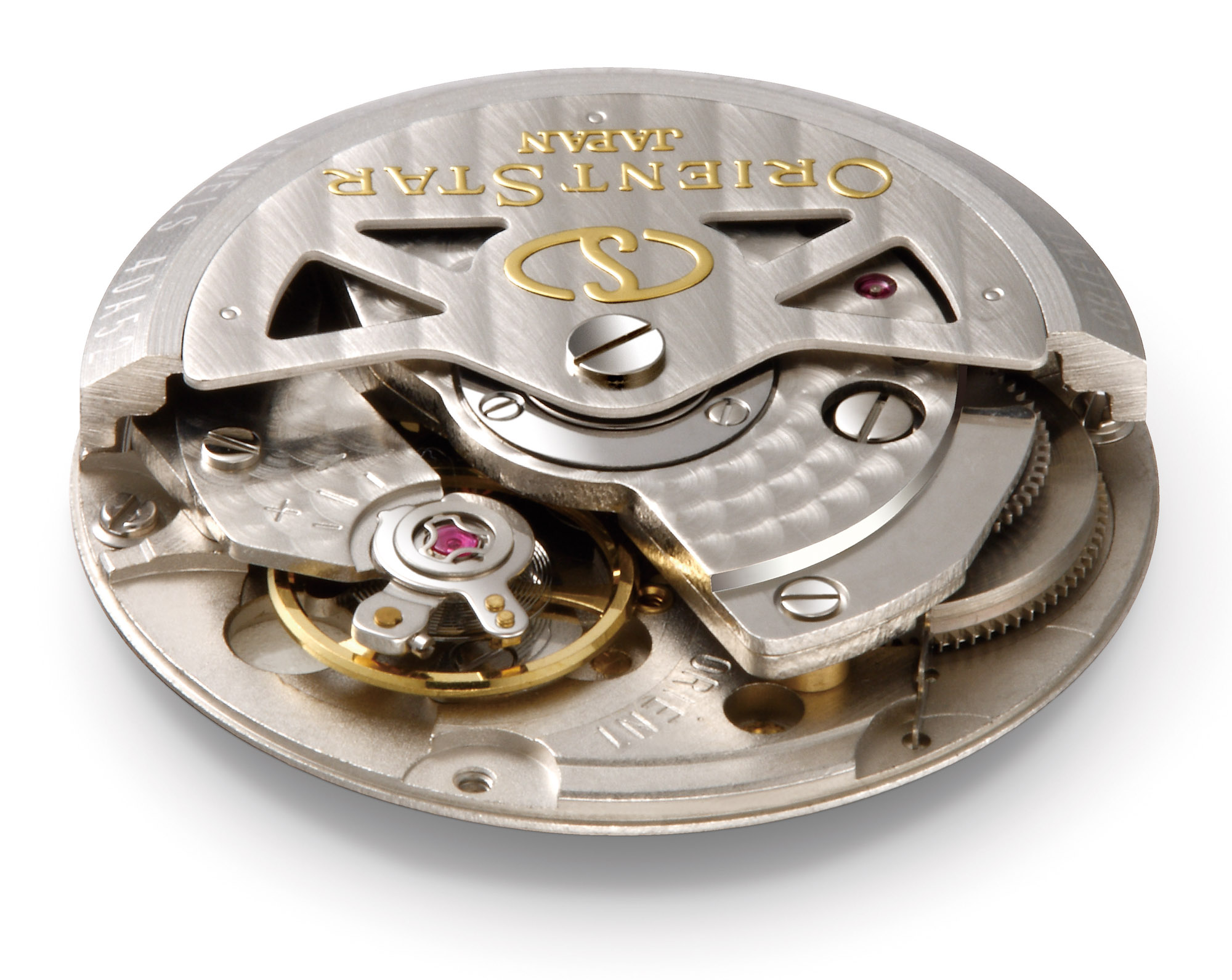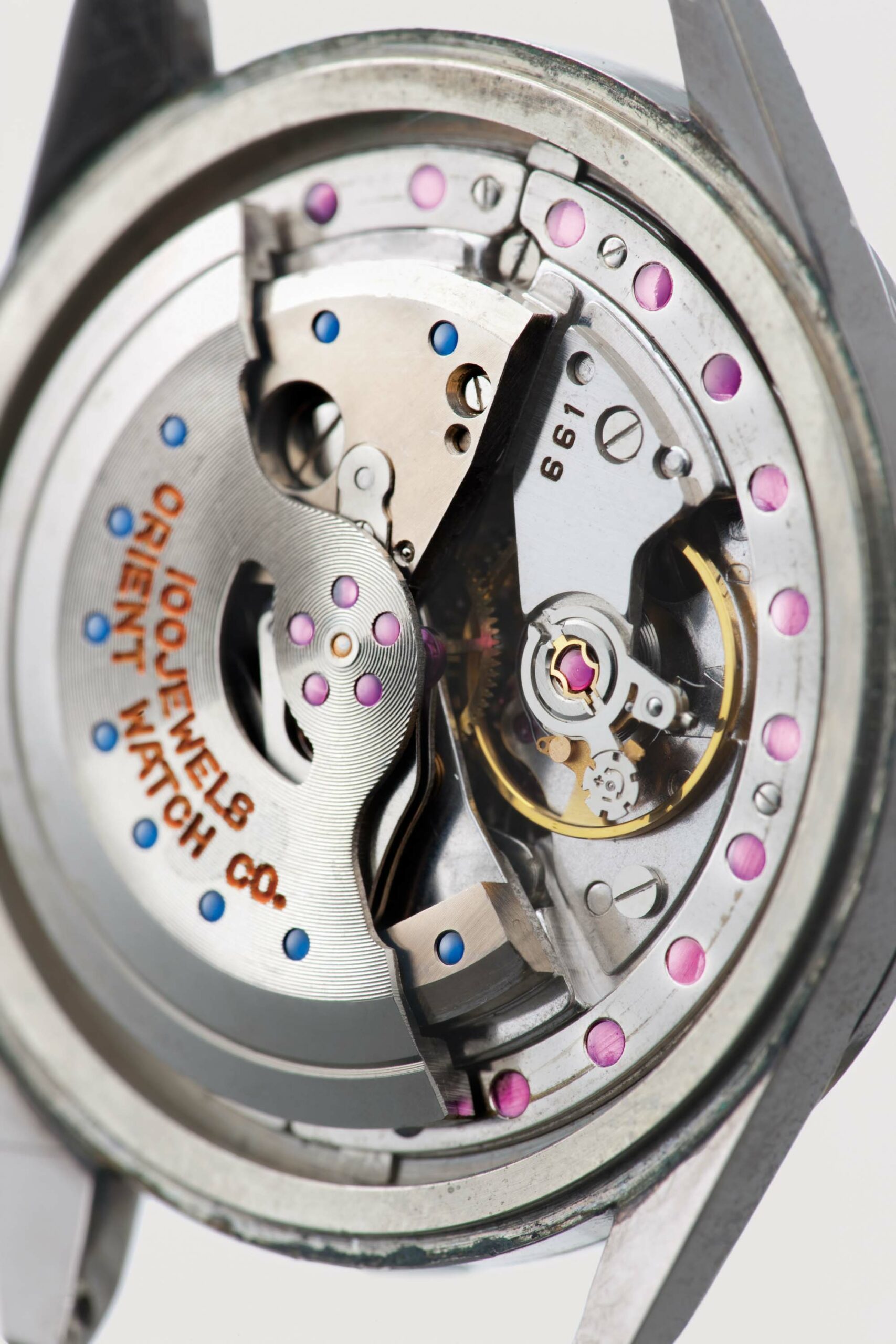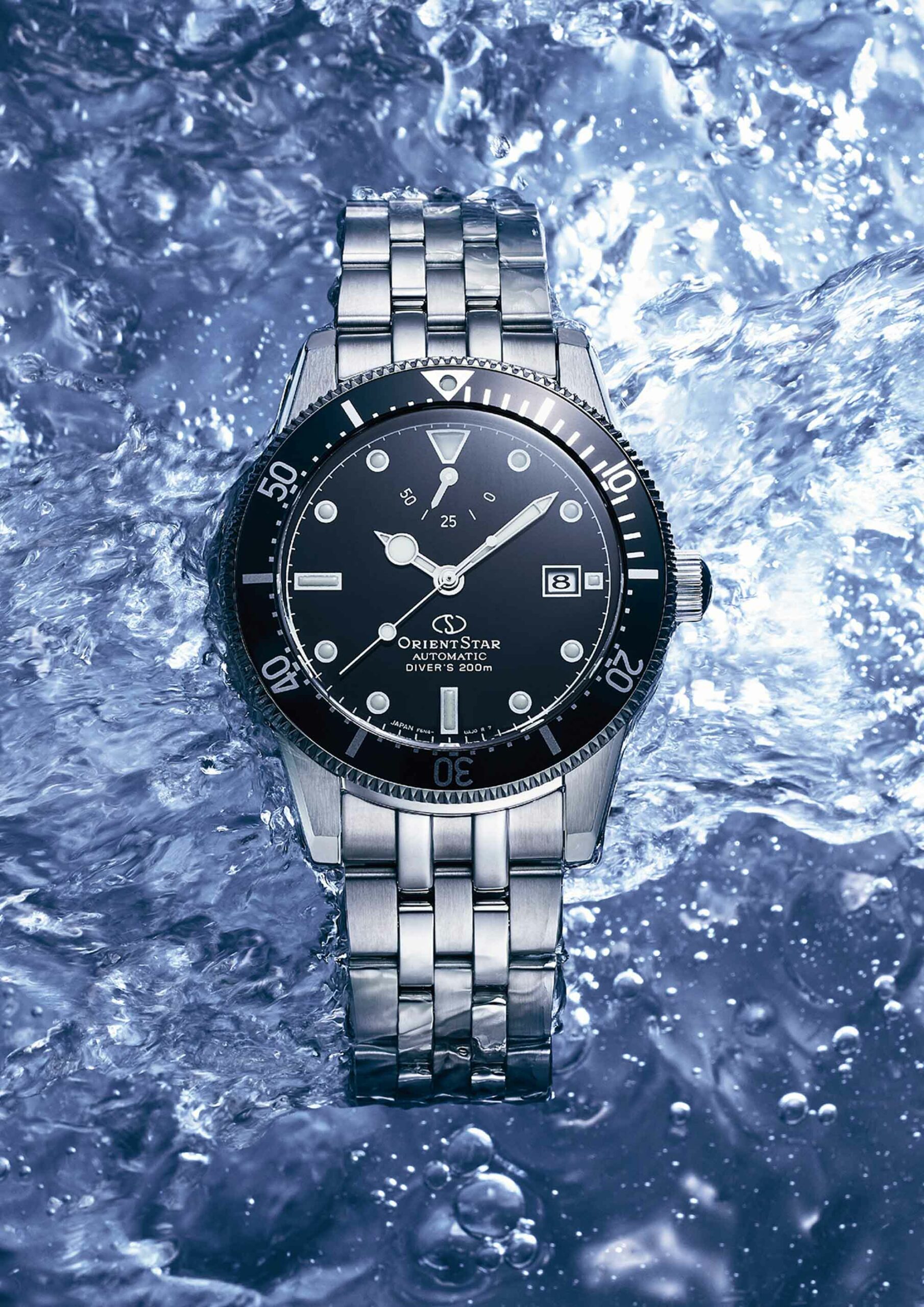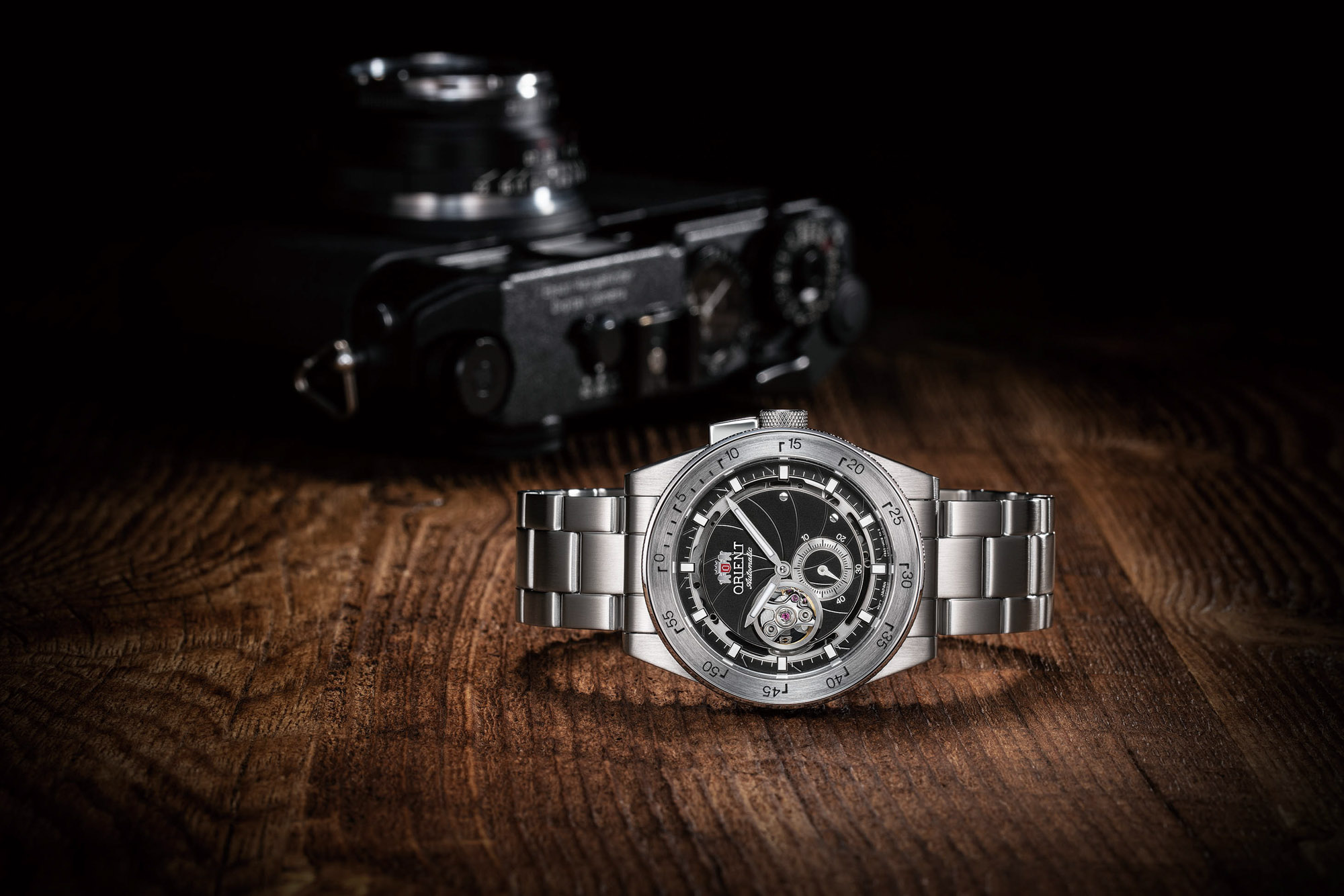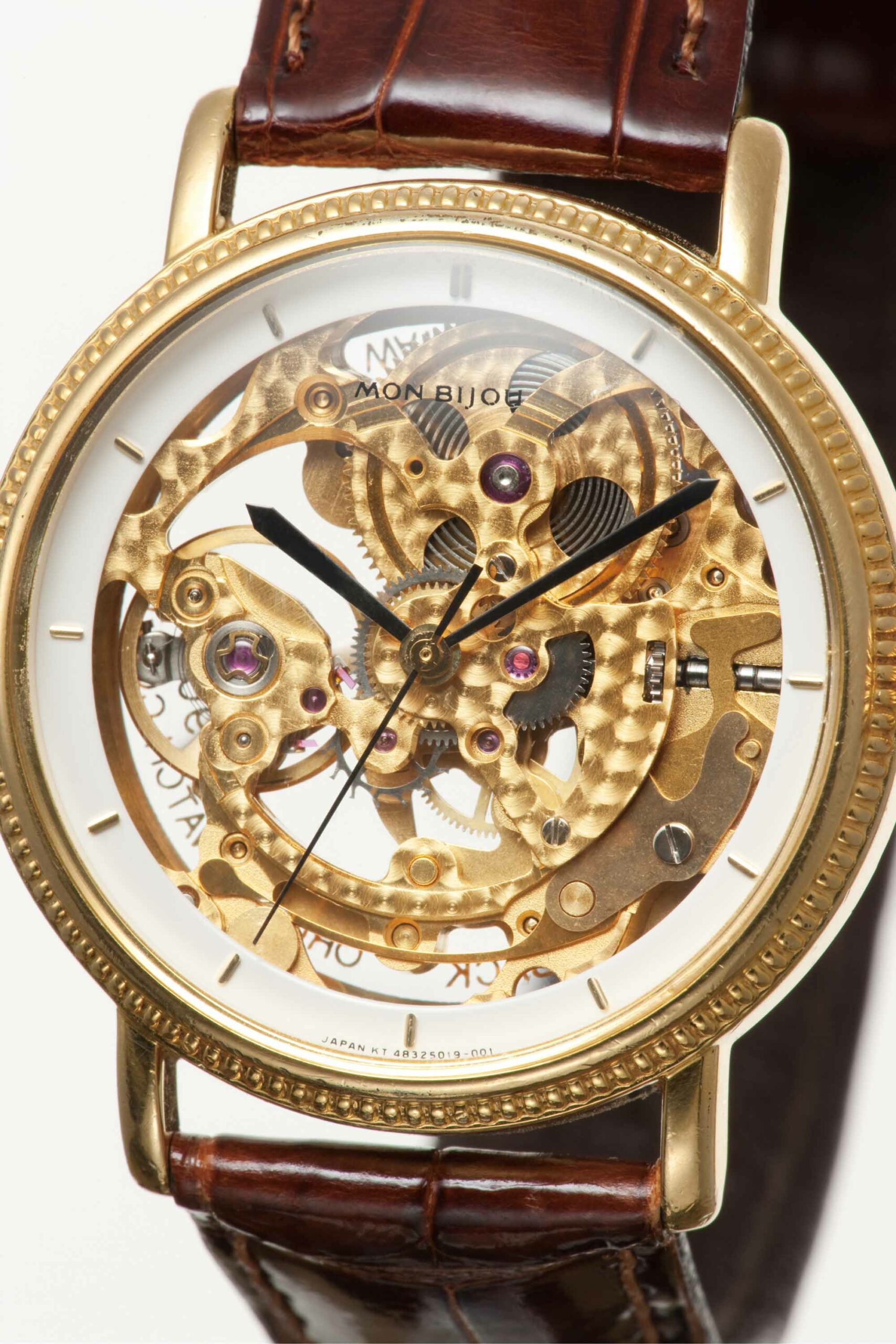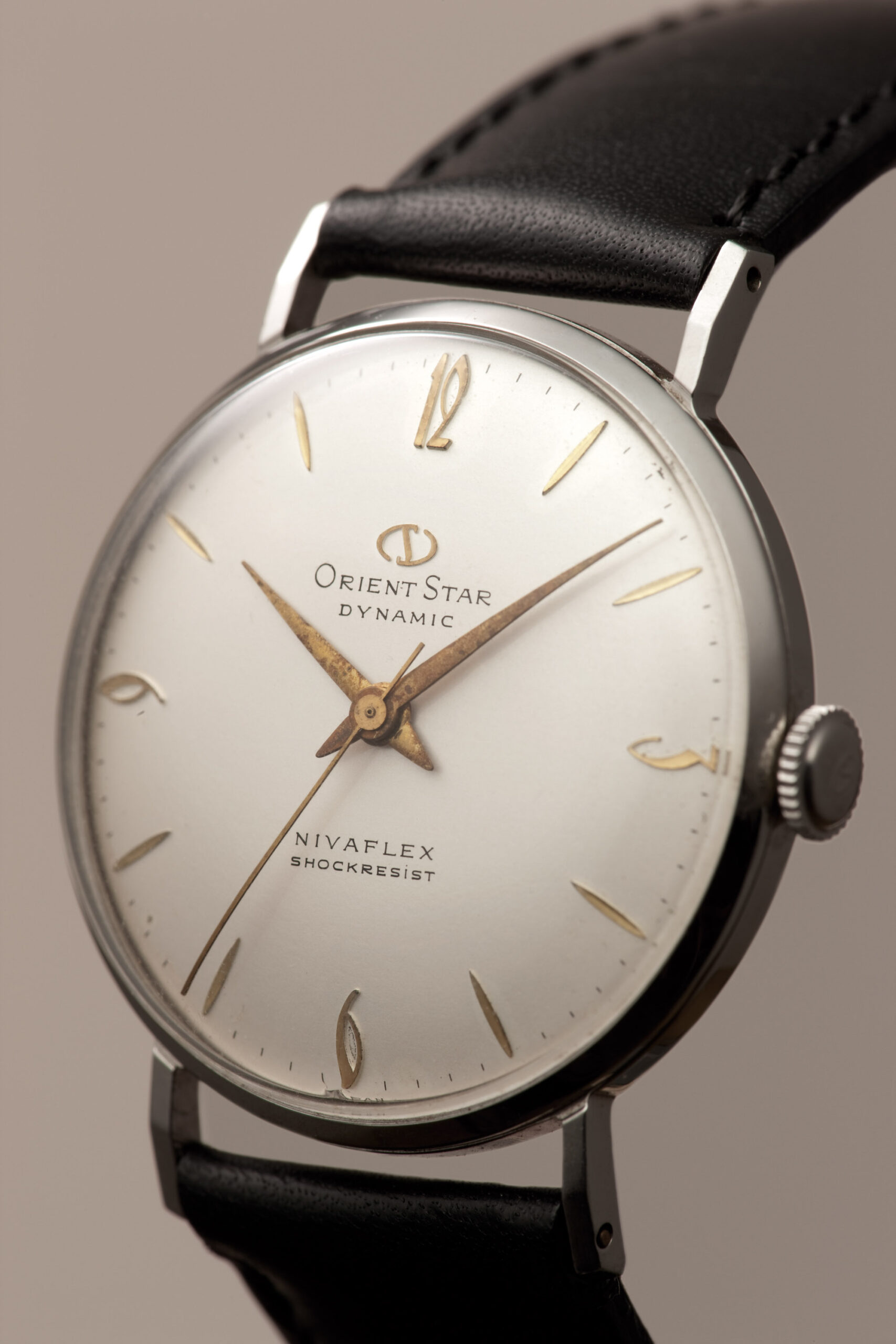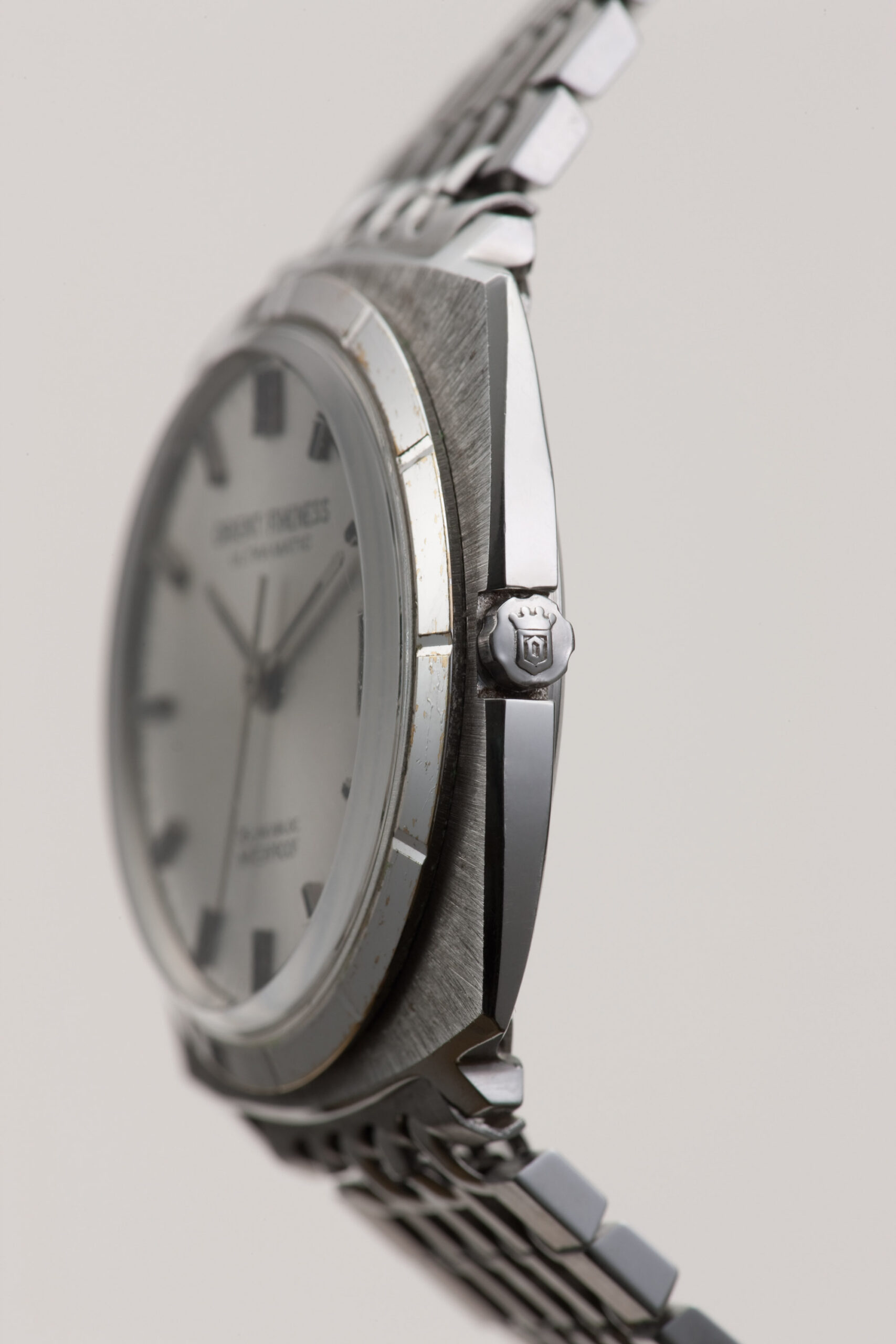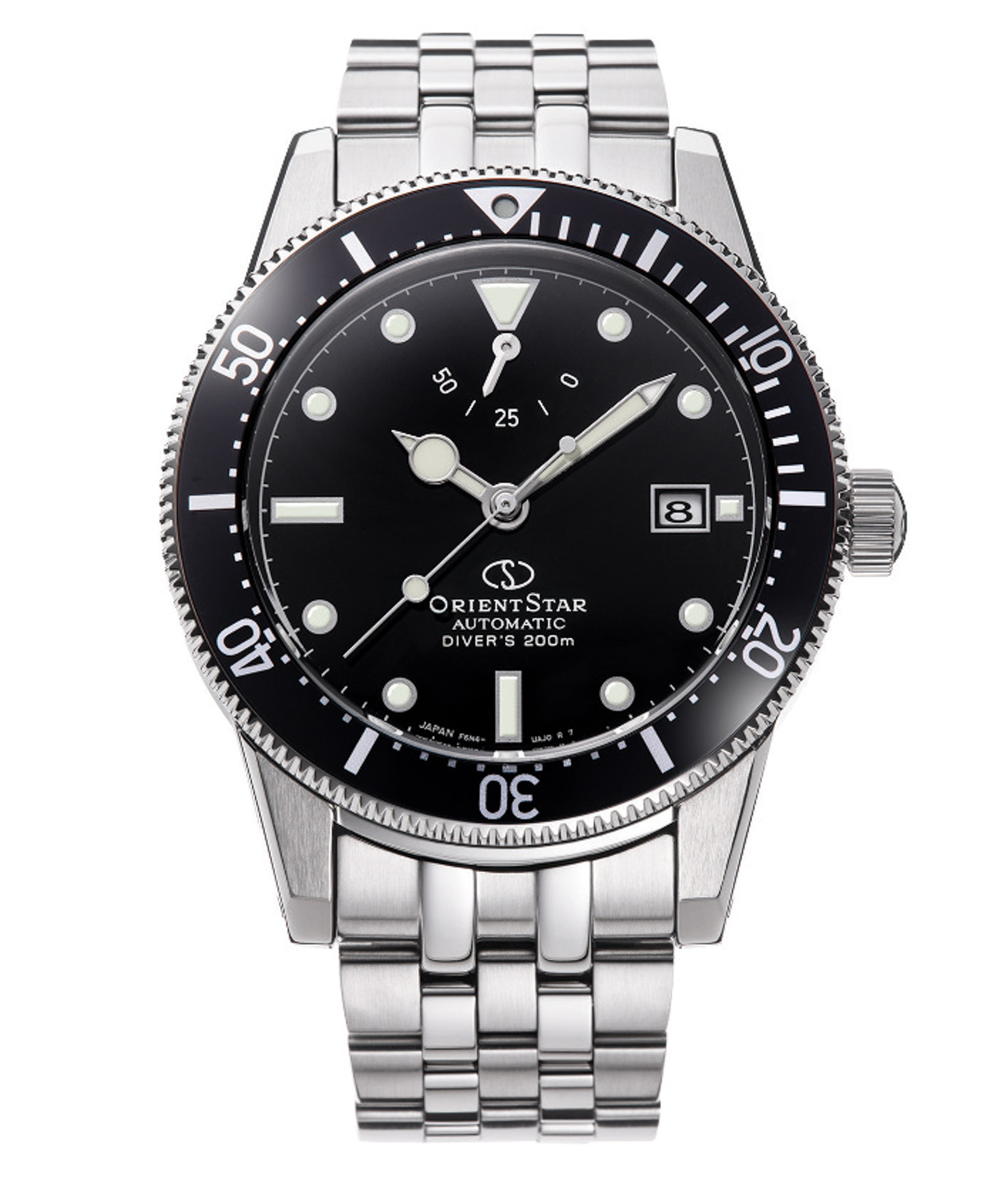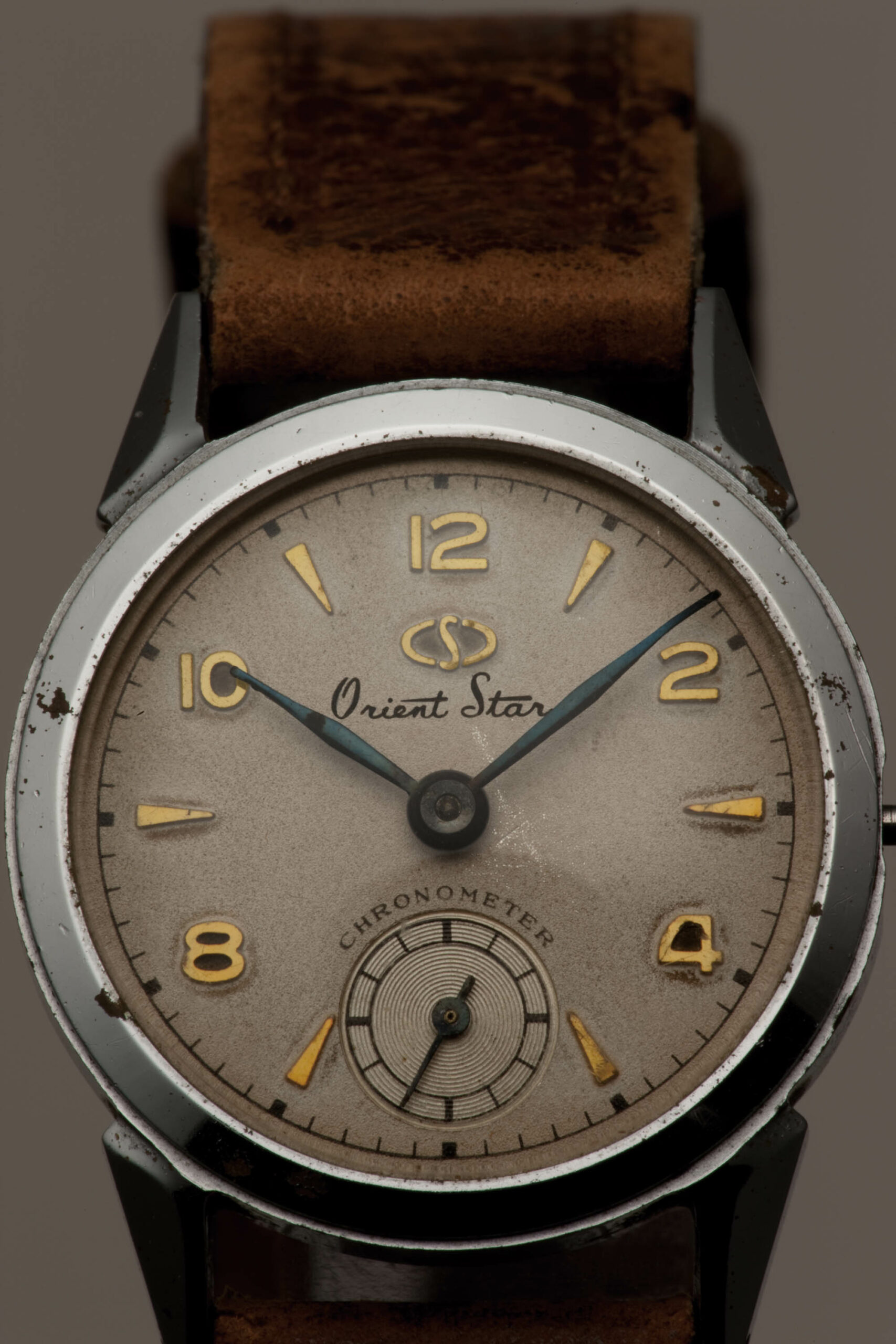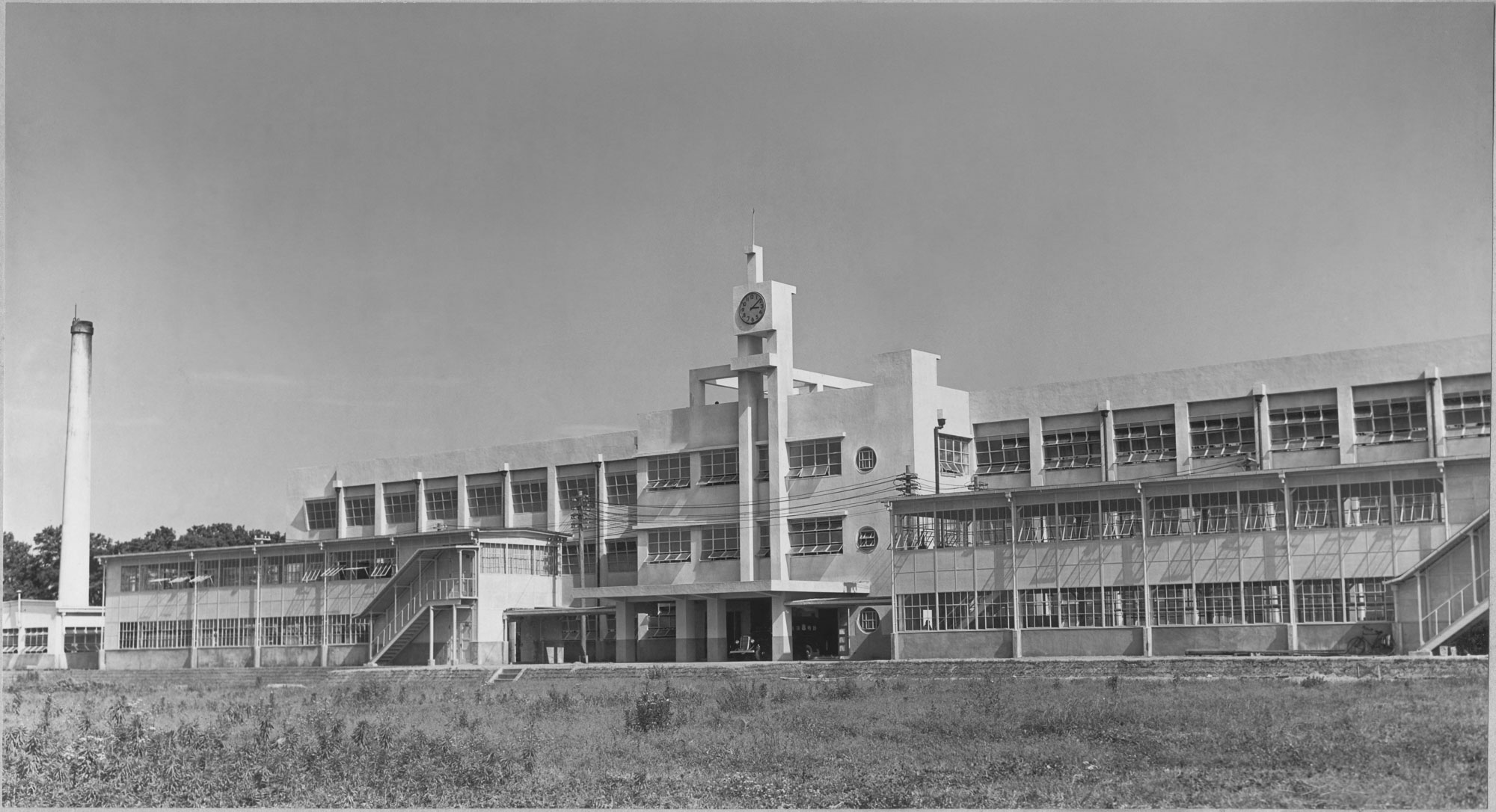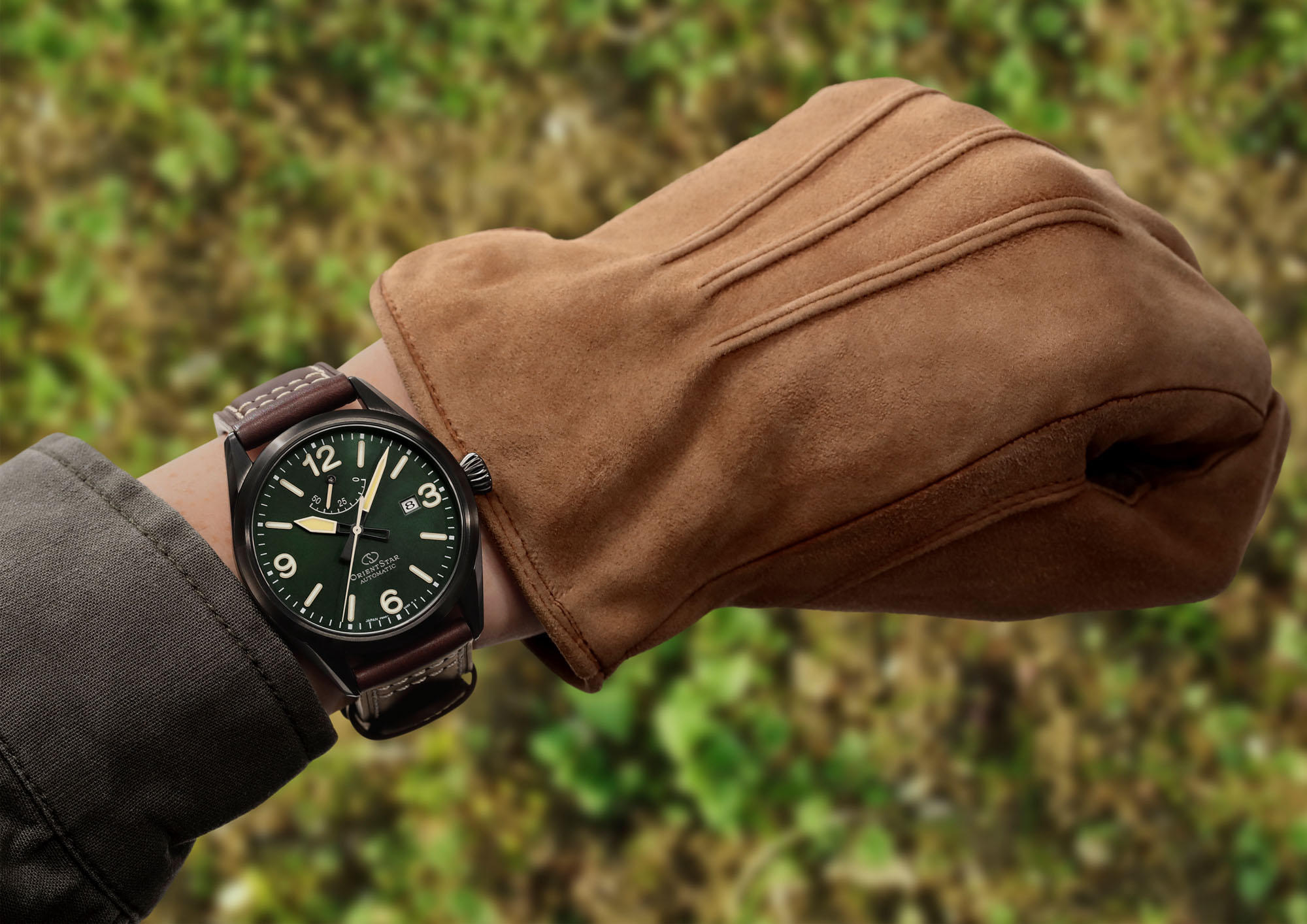 Sponsored post presented on aBlogtoWatch for advertiser.
Sponsored post presented on aBlogtoWatch for advertiser.
As one of Japan’s perennial favorite watch brands, Orient offers a diverse catalog of models and a rich history that dates back to 1950. Since 2017, Orient has been part of the Seiko Epson Corporation, although Orient’s relationship with Epson first started in 1985, when both companies were producing watches and shared essential resources, with Epson being an early industry leader in quartz timekeeping technology. Many collectors and enthusiasts first found an interest in this hobby with affordable fan-favorite models such as the Kamasu diver or the Bambino dress watch, while the brand’s Orient Star range offers a series of more elevated models with superior movements and finishing that are aimed at discerning collectors who seek a more luxury-oriented experience. With such a large and diverse catalog of models, the role of design is incredibly important at Orient, as it must not only cover many different types of watches but also include multiple sizing options and even re-editions of popular models — all while staying true to Orient’s greater aesthetic character.
To help shed some light on the design process at Orient, we spoke with Hideo Kato, the leader of the product design team for the brand, who has been designing Orient and Orient Star watches for more than 30 years. In his current role with the company as the head of the product design team, Hideo oversees the entire creative process for all Orient and Orient Star timepieces, making him the perfect person to shed some light on how this fan-favorite Japanese watch manufacturer goes about creating its visual identity.
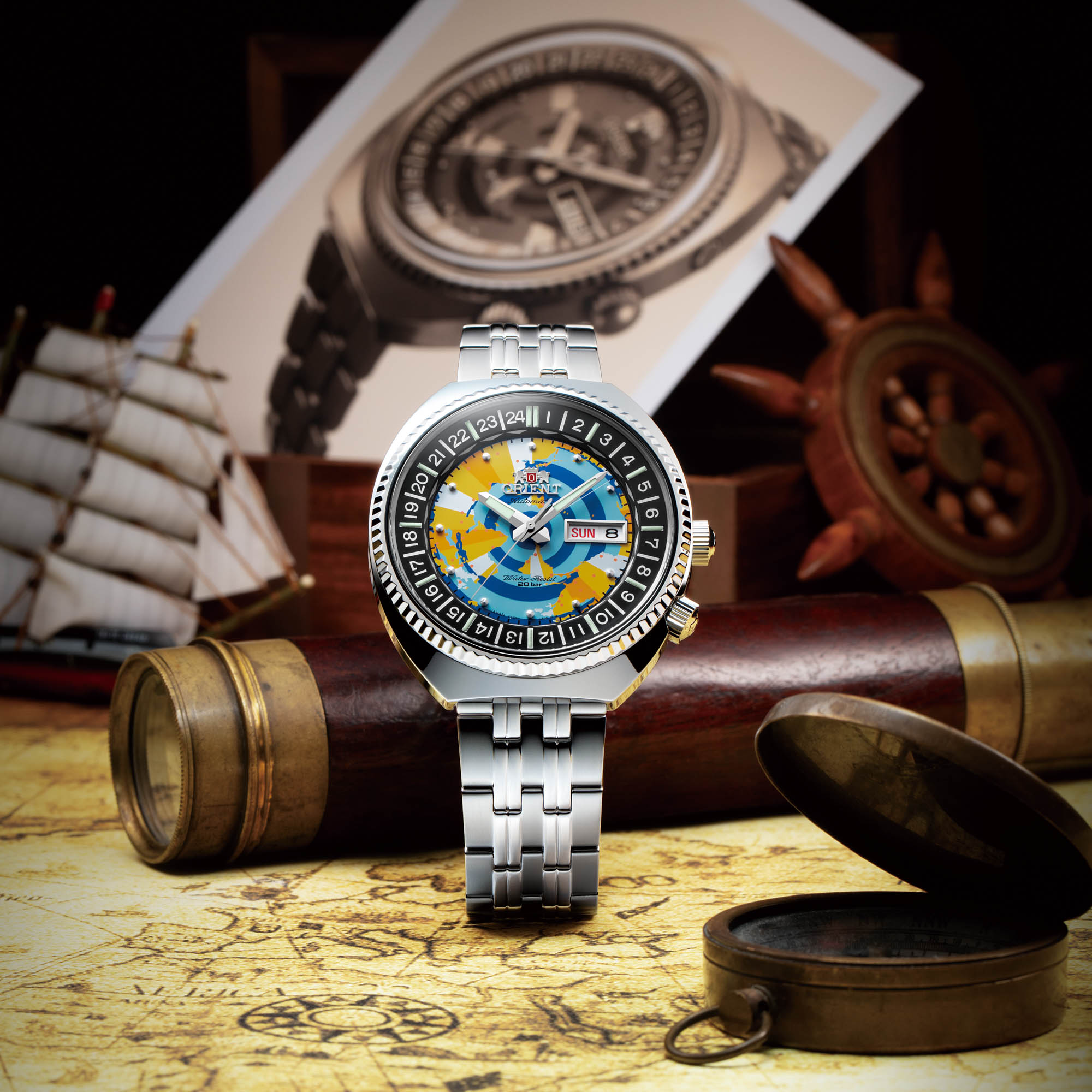
How did you first get into watch design? Were watches always a passion of yours or did you start out as a designer in a different industry and then discover watches later?
I have always been a watch designer. Despite studying industrial design at university, I have always had an interest in fashion. Upon discovering the watchmaking process, I felt I had found the perfect middle ground between fashion and industrial design.
In the 30 years that you have been with the brand, has the design process changed through the years, and if so, how is it different now compared to when you first started working at Orient?
Since I started working with Orient, the design process really has remained the same. The only difference I can think of is that there is now a stronger tendency to design watches with emotion in mind. For example, when choosing a dial color, we don’t only want to create something beautiful, we also really consider how the dial color will make the consumer feel and the emotion that it might provoke.
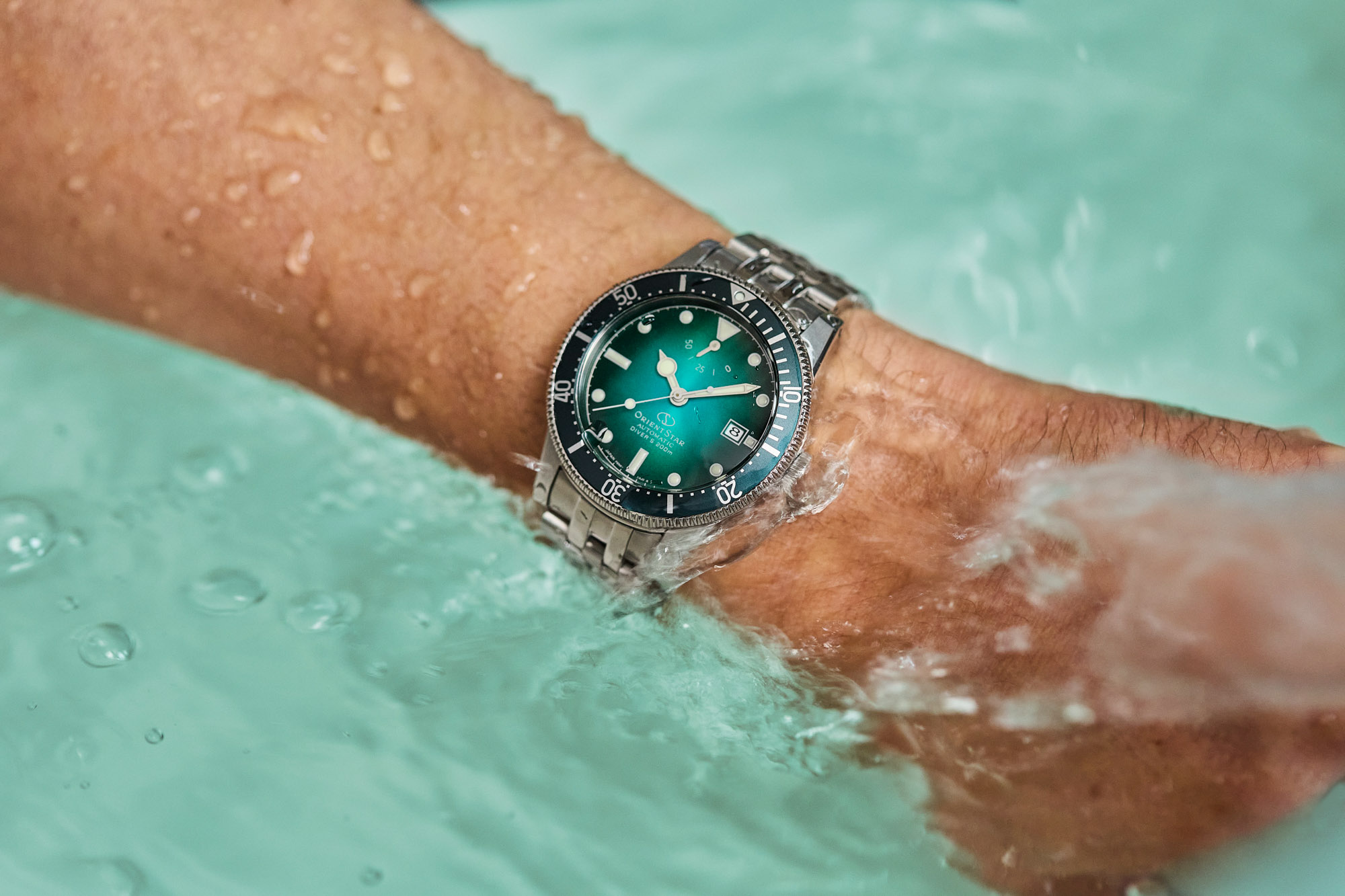
What does the design process look like at Orient? Does a watch design start with a single person, or do groups of people work together from the very beginning on projects?
First, a design concept is created, then you create some idea sketches that embody this design concept — a rendering is then narrowed down from the sketch and a final design is decided upon. Next, a 3D drawing is made, followed by a prototype.
There is usually only one person in charge of design, but for products with numerous design elements and a high degree of difficulty, multiple designers will bring ideas together. My favorite part of the design process is creating the design concept. Although the first step in the design process, it is incredibly important, as it determines the major direction of the design. It is then my role to oversee all final ideas.
How does it feel to see the watches come to life from the initial design stage?
There are many difficulties faced from the design stage to seeing the final product. It is the desire to create a watch that consumers will love that keeps me inspired. It is wonderful to know that you can be part of something so special, creating timepieces that both old and new fans of the brand truly love.
Equally important as the design process are the initial planning stages. I once proposed a plan for a casual watch for young people to the planning department, and as a result, a new collection was introduced.
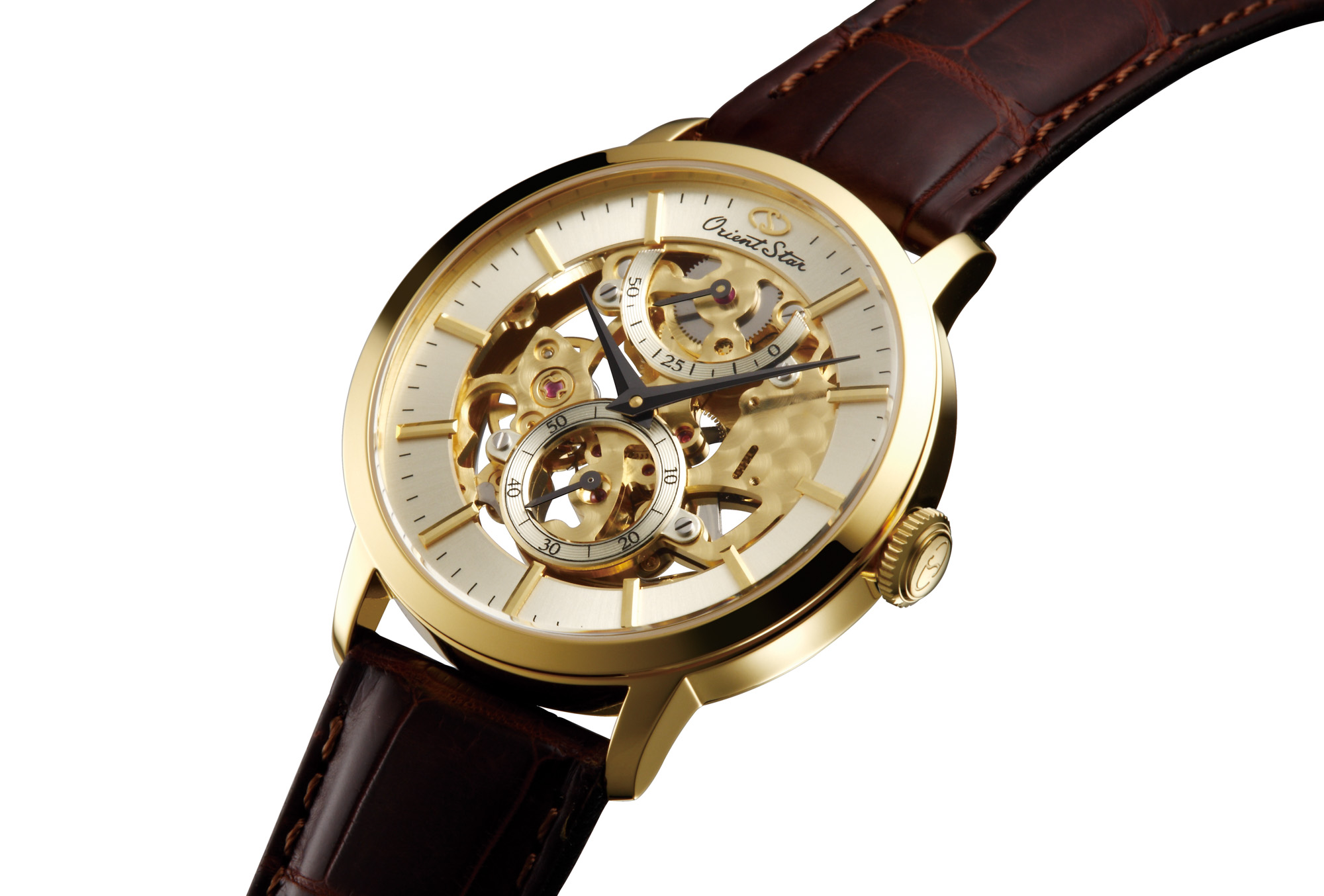
What would you say are some of the quintessential design elements of Orient as a watch brand?
The dial layout, skeleton expression, and gradation dials are what Orient is best known for.
How do you go about staying true to Orient’s rich history while also keeping up with current industry trends?
The layout of the dial is part of the history of the product and something that I don’t think should be changed too often. We do, however, keep abreast of global trends in colors and finishes, and incorporate these into the dial as soon as possible, to ensure we are keeping up with trends.
When designing a watch that is inspired by an existing model from Orient’s archives, how do you create a balance between designing a new watch and staying true to the spirit of the original version?
We carefully observe the design features that our predecessors would have been particular about and focus on how we can approach them within the current manufacturing methods and standards.
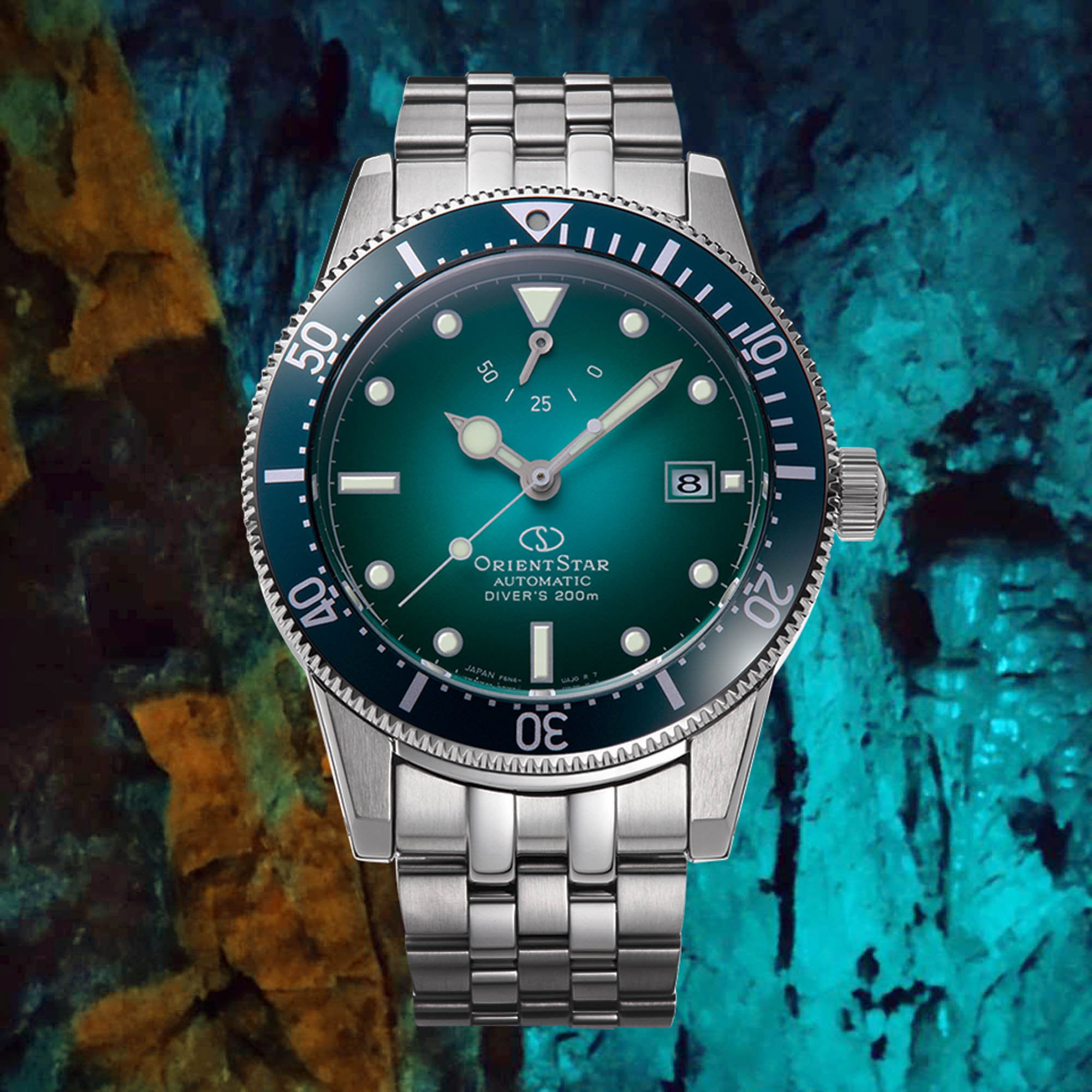
With regard to the Diver 1964 2nd Edition, what were the core design elements that you felt needed to be carried over from the brand’s archive, and what areas did you feel should be updated or changed?
We thought it was necessary to recreate the unique features of the original model, such as the shape and the delicate knurling of the bezel. While the shape of the case follows the lineage established by the historic model, the new Diver 1964 2nd Edition is in keeping with modern wearing dimensions, with a 41mm bezel diameter that is slightly wider than the underlying 40.2mm central case to allow for an easier grip in diving scenarios. The new model is also complete with 200 meters of water resistance, a dual-curved sapphire crystal, and the in-house F6N47 caliber. The design is legible, attractive, and feels modern and up to date despite its vintage inspiration, with the vintage Calendar Auto Orient proving that strong designs stand the test of time.
Were there any additional considerations that went into the design of the Diver 1964 2nd Edition, given that it would be released as part of the more premium Orient Star lineup? If so, what were they?
It was necessary to improve the texture of the dial in order to increase the degree of perfection of the product. The dial of the original model was glossy black, but the Diver 1964 2nd Edition has a deeper and more lustrous dial color. The most substantial update to the archive design can be seen at the twelve o’clock mark, the trademark power reserve indicator, a key aspect of modern Orient Star’s design language.
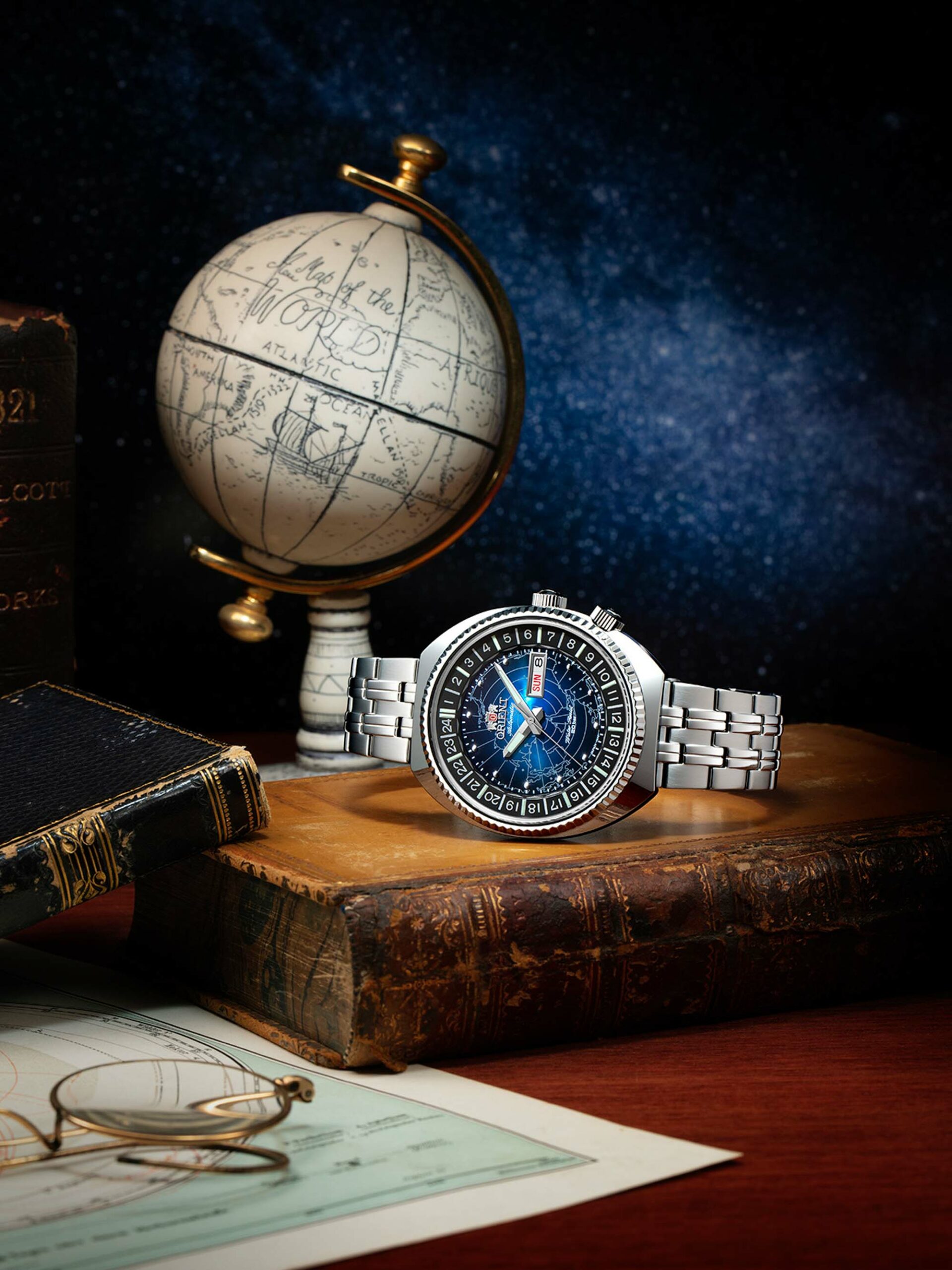
The Orient World Map is another vintage-inspired model that takes its inspiration from the famous 1960s World Diver. What did you feel was important to include in the design of the updated model?
We were really keen to replicate the design of the original World Diver model as closely as possible. For this reason, the case shape and map display on the dial are taken from the original model drawings. We made sure, however, to improve the waterproof performance, and the texture of the exterior has been improved to enhance the perfection of the watch.
A lot of today’s watches look to the past for their inspiration, but what do you think the future holds for watch design?
I think the design of watches in the future will continue to focus on balance, changes in materials, and the evolution of the movement, without changing the basic design. This is because I believe that the value of watch design lies not in how much it changes, but in how it stays the same, just as the design of a car changes little by little with the introduction of each new model.
I enjoy both developing new design concepts and working to create re-editions of previous timepieces, both of which are incredibly important for the brand. Personally, I prefer the process of developing new design concepts, as it allows the design team to create ideas freely, taking inspiration from fashion trends, environmental changes, and much more.
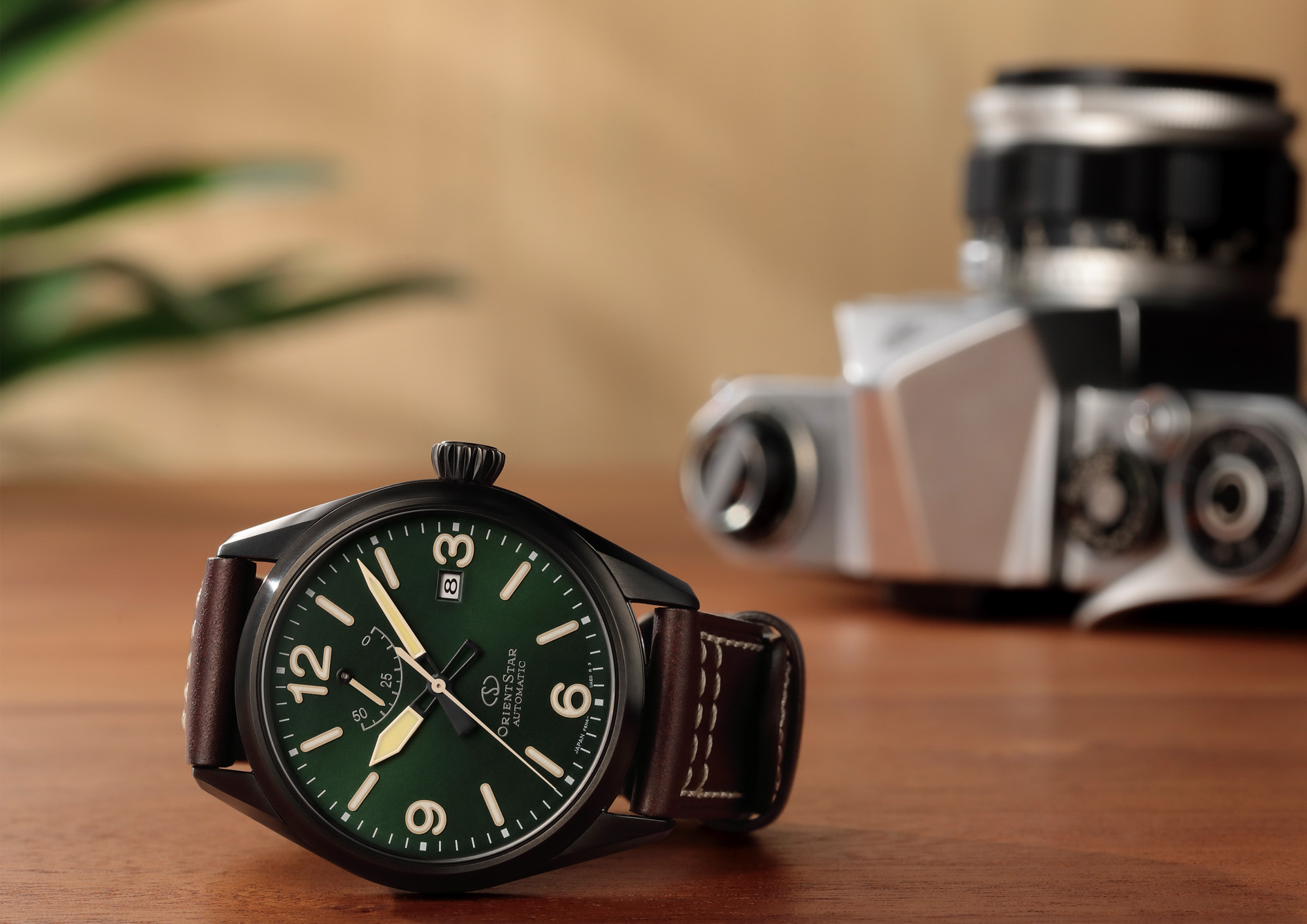
As a watch designer, do you have any unofficial rules you follow when designing a watch?
Even if the shape of two watches is the same, the appeal can greatly differ depending on the finish, material, and luster. When I design watches, I design with the final charm in mind. This charm cannot be expressed through the rendering.
Lastly, do you have any personal favorites among the various watches you have designed for Orient?
I like the Orient Star WZ0031FH, which I designed in 2005. It was a very difficult but rewarding job to design a watch that was made using many exterior parts. A playful product with a 1950s rangefinder camera motif, it was later reimagined as Orient’s RA-AR0201B, the Retro Future Camera. The new design is essentially the same as the original, but the details have been improved. The timepiece offers a 40-hour power reserve, 50 meters of water resistance, and contains the self-winding Caliber F6S22 movement. I also like the Orient Star RE-AU0203B. I like the simple black and white aviation instrument-like dial with a suppressed metallic luster because it’s bold, cool, and has good visibility.
For more information on Orient and Orient Star Watches, please visit the brand’s website.
Sponsored Posts are a form of advertising that allows sponsors to share useful news, messages, and offers to aBlogtoWatch readers in a way traditional display advertising is often not best suited to. All Sponsored Posts are subject to editorial guidelines with the intent that they offer readers useful news, promotions, or stories. The viewpoints and opinions expressed in Sponsored Posts are those of the advertiser and not necessarily those of aBlogtoWatch or its writers.


